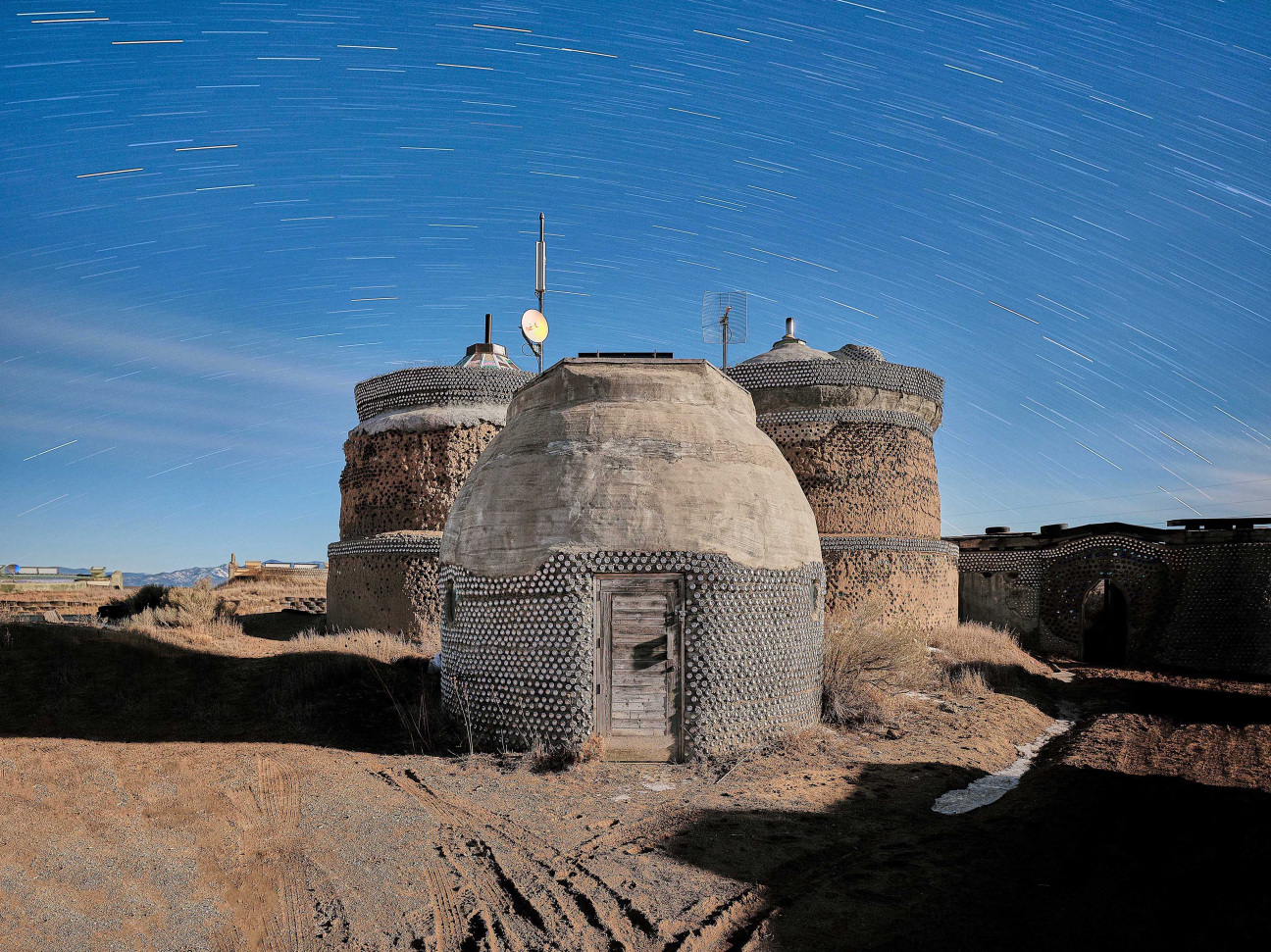
After Michael Reynolds graduated from the University of Cincinnati in 1969, he went to the Taos high desert in New Mexico. There, the Kentucky-born architect began to experiment with recycled materials, building dwellings that looked eerily otherworldly, as if they had touched down from outer space. In reality, Reynolds’s structures—Earthships—are the exact opposite: they rise out of the earth itself, and are built from materials that would otherwise be discarded. Tires, cans, and bottles mottle the buildings’ surfaces, which arch and slope to mimic the surrounding landscape of jagged mountains and swaths of desert. Travelers driving along Earthship Way—where the Greater World Earthship Community still resides today—might stumble upon a mosaic wall made from discarded beer cans or a house constructed from used tires. These structures have evolved significantly in the decades since Reynolds built the Thumb House, his first “beer-can home,” and later patented his method of aluminum can construction in 1973.
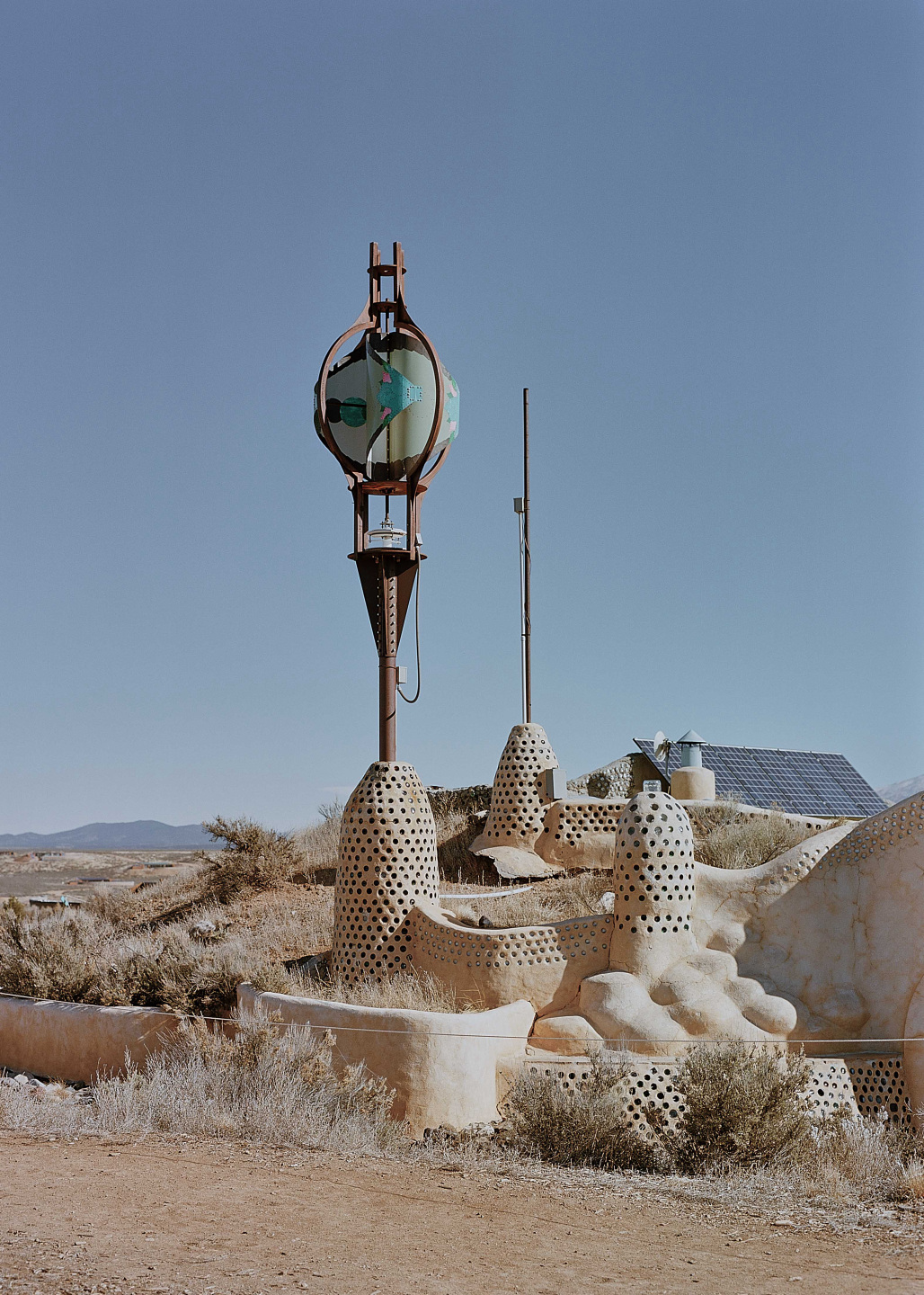
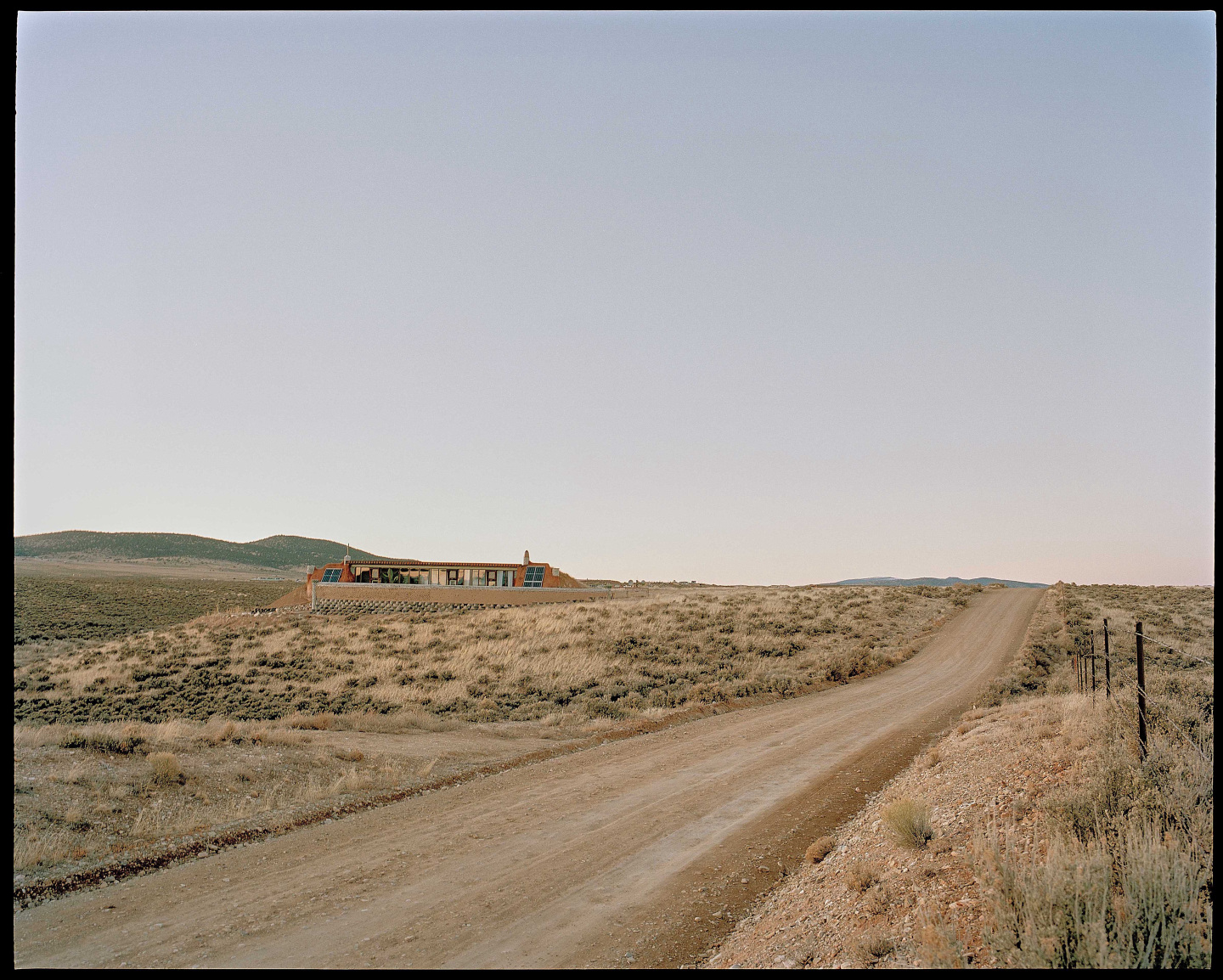



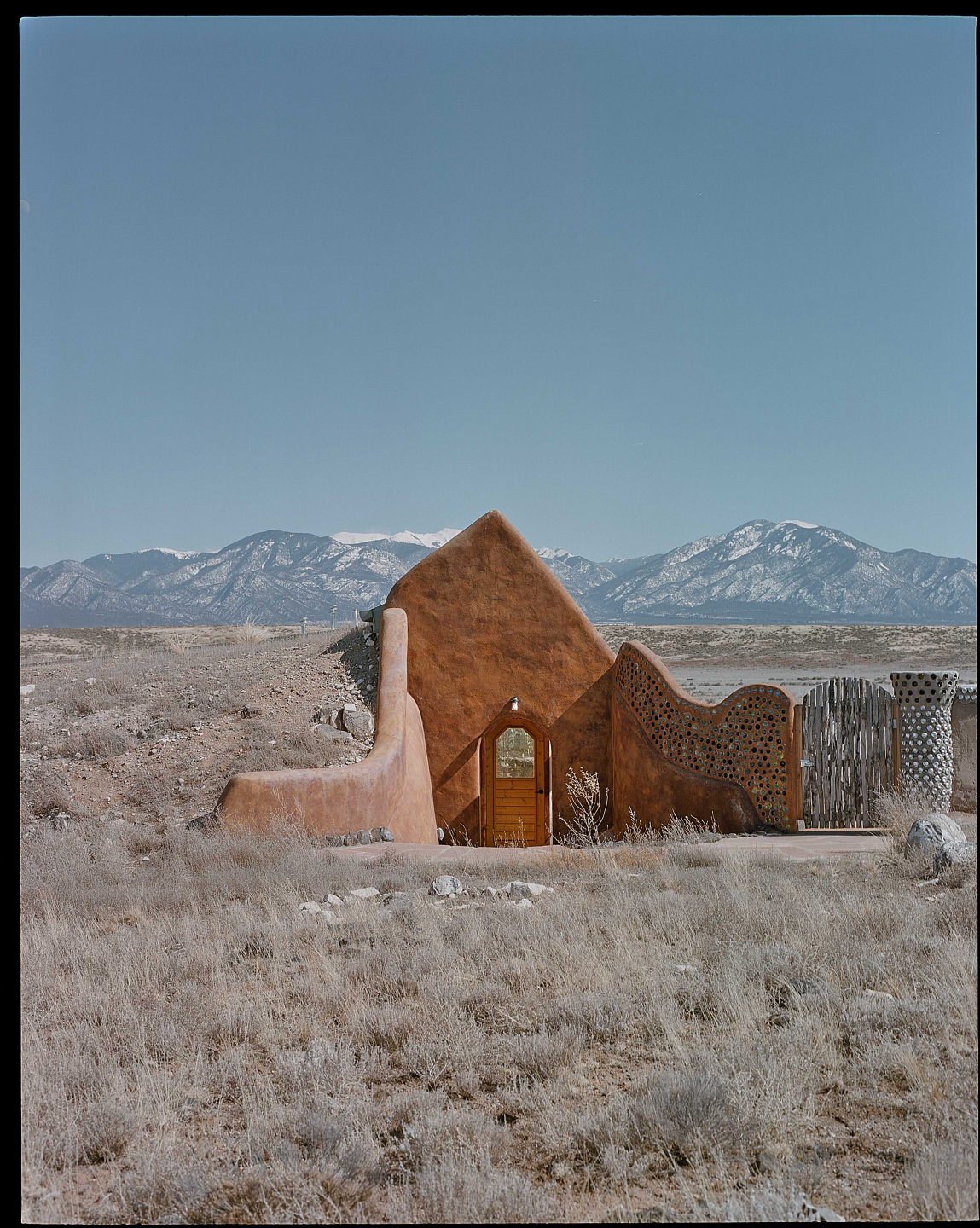
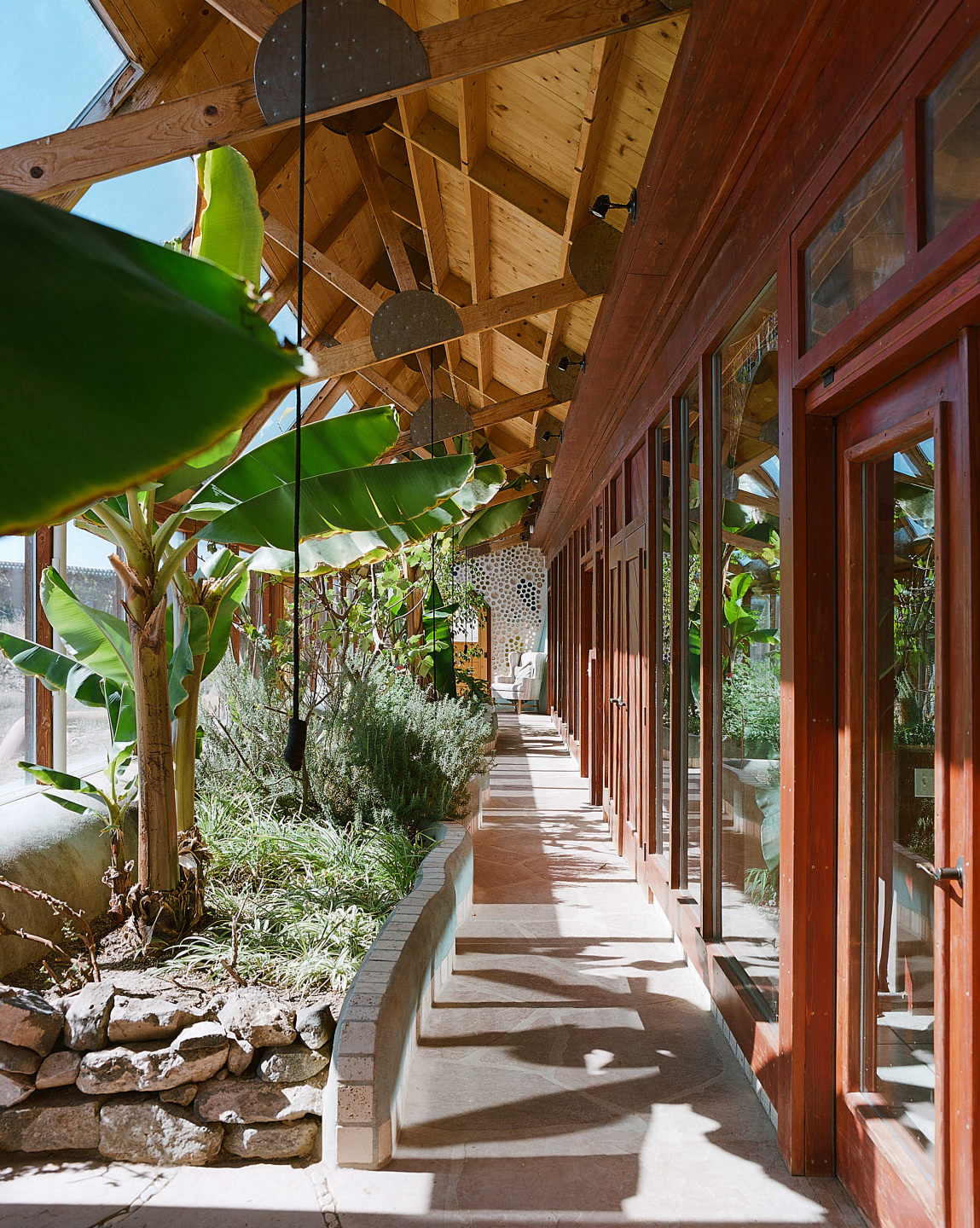
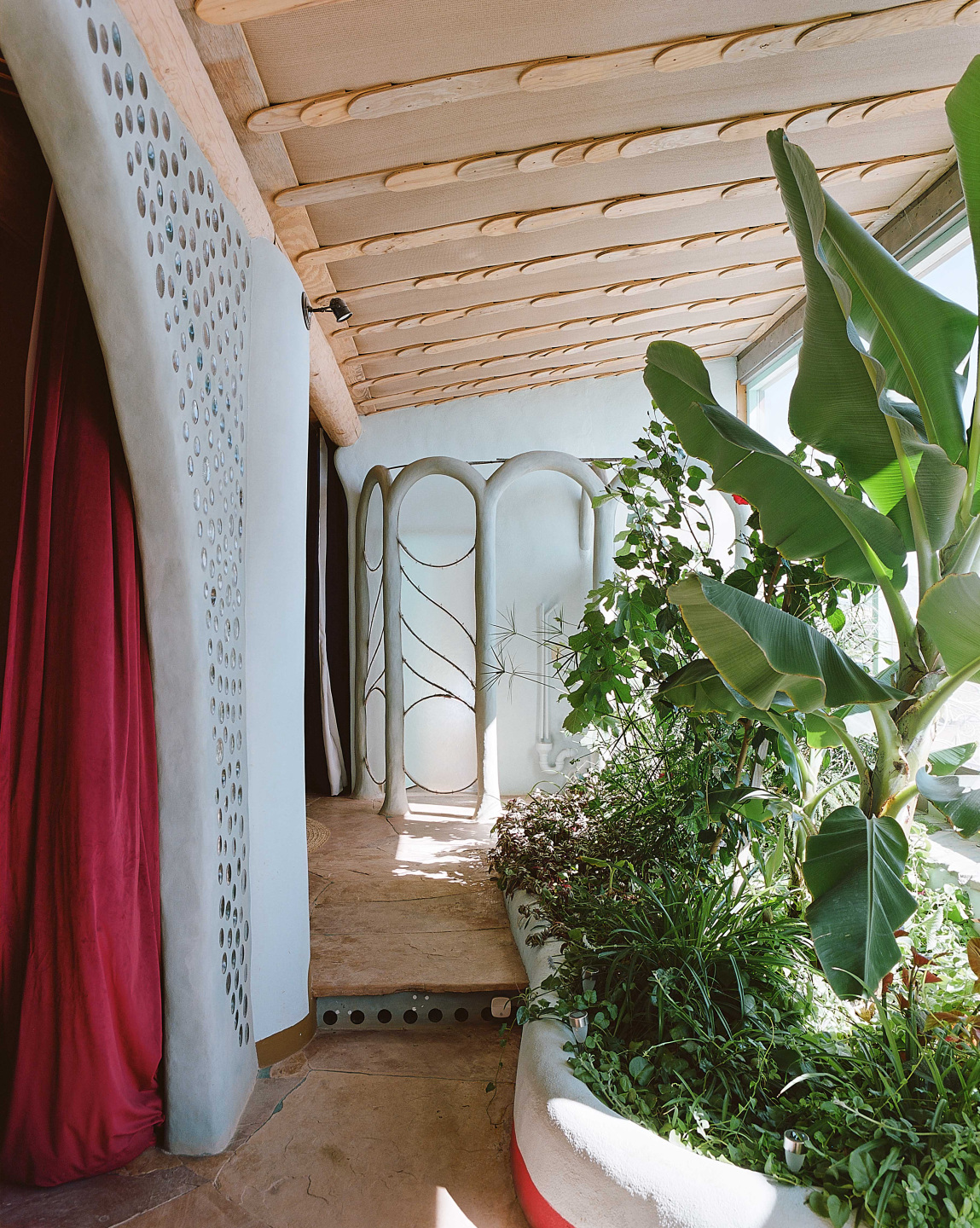


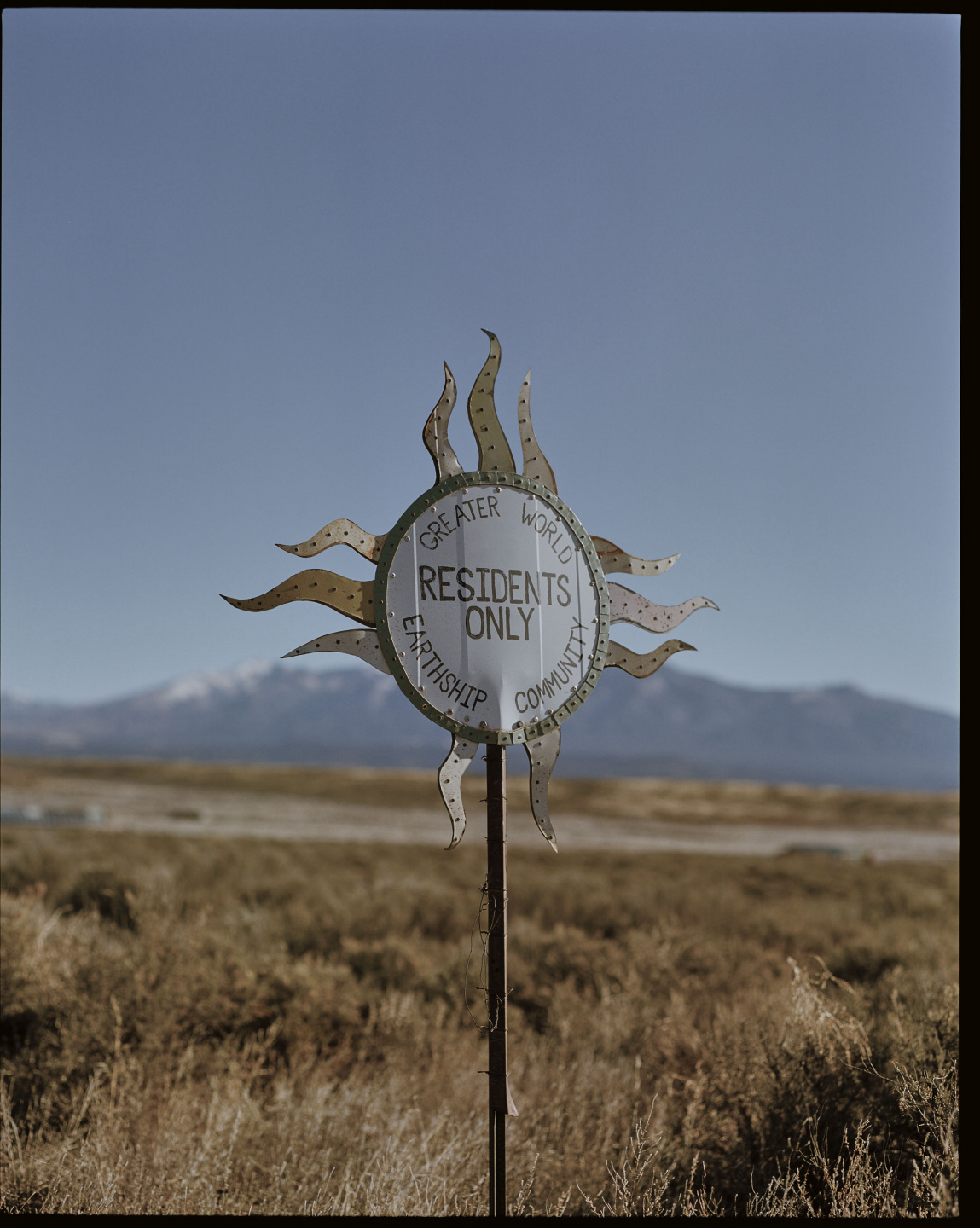
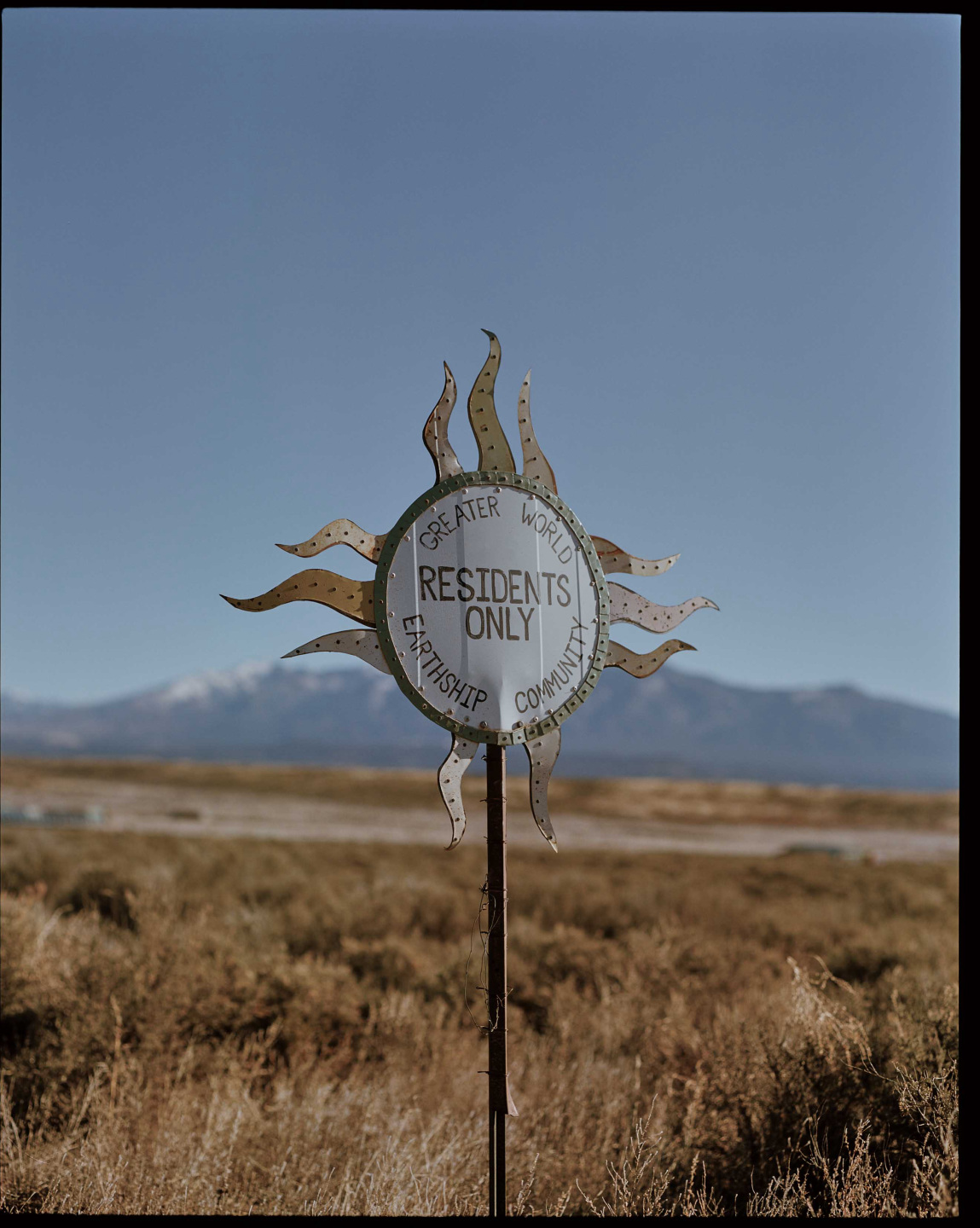
At their core, Earthships are passive structures designed to provide six essential human needs: comfortable shelter, electricity, water, waste management, sewage management, and food provision. Powered by solar energy instead of the traditional power grid, they manage waste, temperature, and electricity through self-contained systems without relying on fossil fuels. The dwellings repurpose treated wastewater for their interior gardens, employ double-layer greenhouses that trap heat between their two walls as insulation for both plants and human inhabitants, and capture runoff water from their roofs. Typically, Earthship walls are made from old car tires filled with earth and stacked atop one another with added soil, stones, concrete, or adobe for stability. While Reynolds insists that function, rather than aesthetics, is the main priority, the Earthships scattered along Earthship Way are visually striking. The ingenuity of their recycled materials often takes center stage, with commonplace items repurposed and elevated into new contexts. But every detail has its utility: Earthships’s signature curved walls are designed to harness solar power, reducing the energy required to heat and cool its rooms, and their aluminum cans structurally function as bricks would.
Though sustainable architecture of this kind was popularized in America in the 1970s, its practices are, in many ways, rooted in ancient techniques. Pueblo Native American architecture across the desert in Arizona, New Mexico, and Colorado features many of the same approaches, though without the addition of man-made plastic recyclables. In 1969, Buckminster Fuller—perhaps best known for the geodesic dome architecture he designed and built—published his book Operating Manual for Spaceship Earth. In its pages, the American architect, writer, and philosopher popularized the term “Spaceship Earth” as a way of understanding humankind’s relationship with the planet. Fuller followed the term with an environmental plea, writing: “We can make all of humanity successful through science’s world-engulfing industrial evolution, provided that we are not so foolish as to continue to exhaust in a split second of astronomical history the orderly energy savings of billions of years’ energy conservation aboard our Spaceship Earth.”
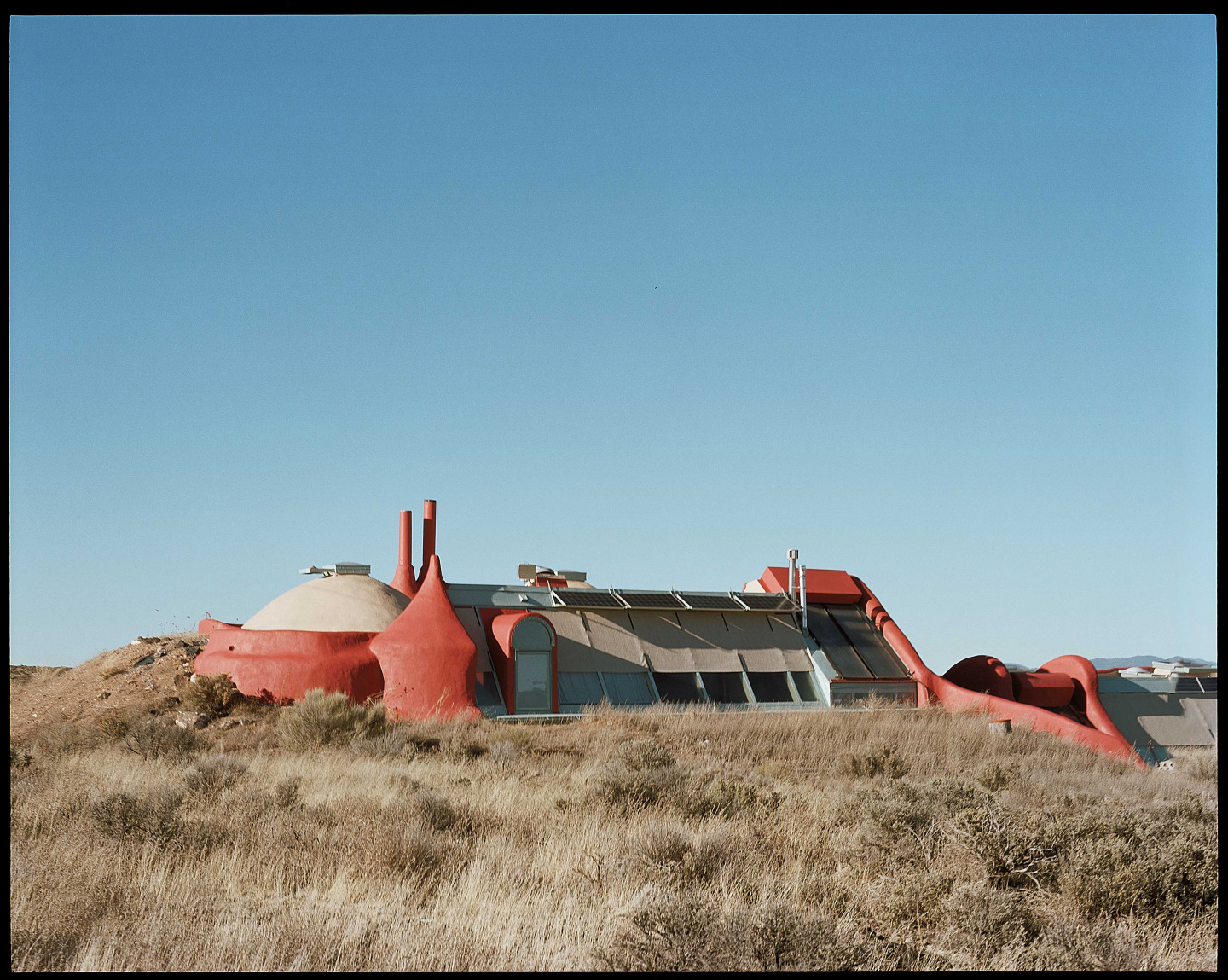

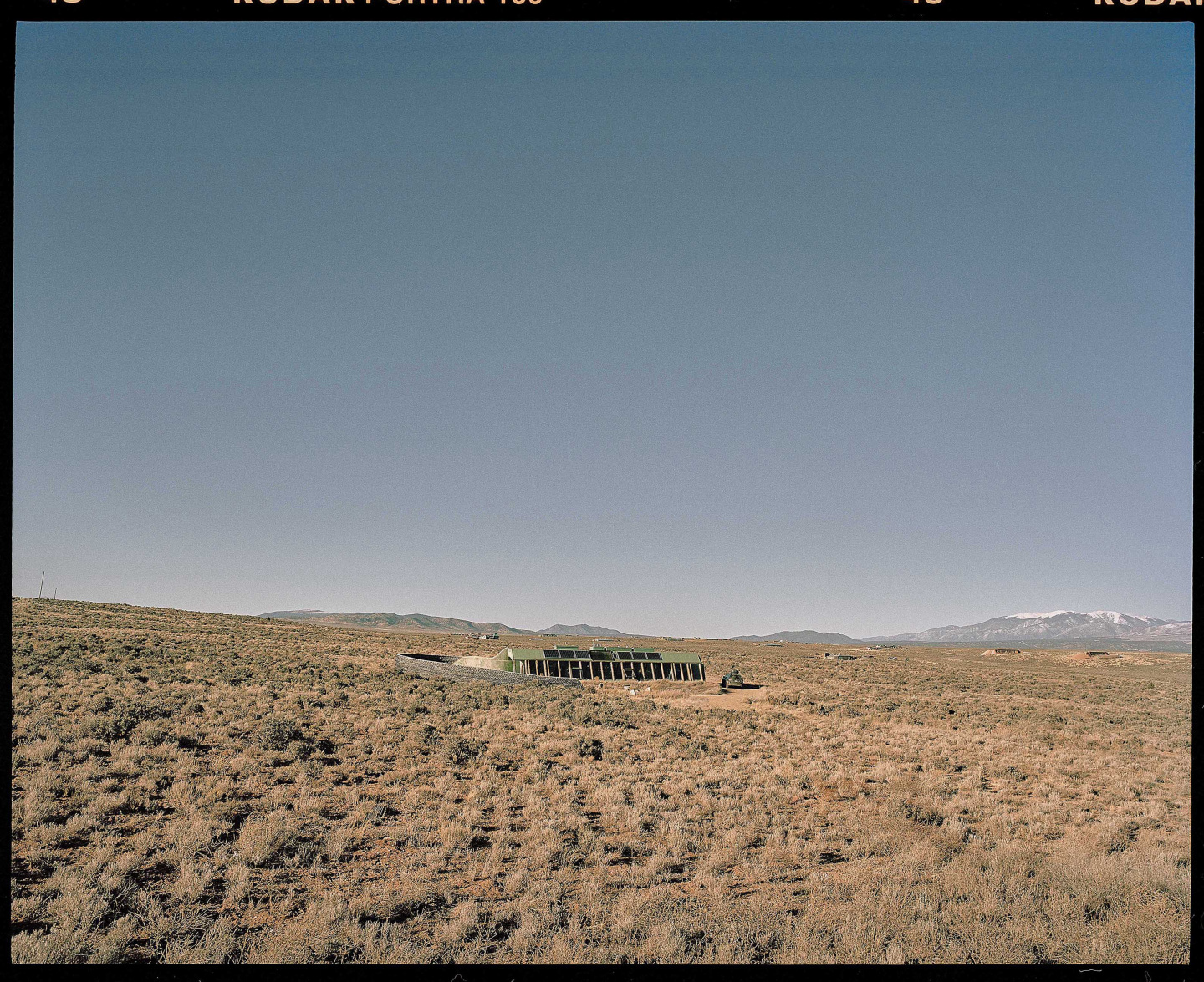

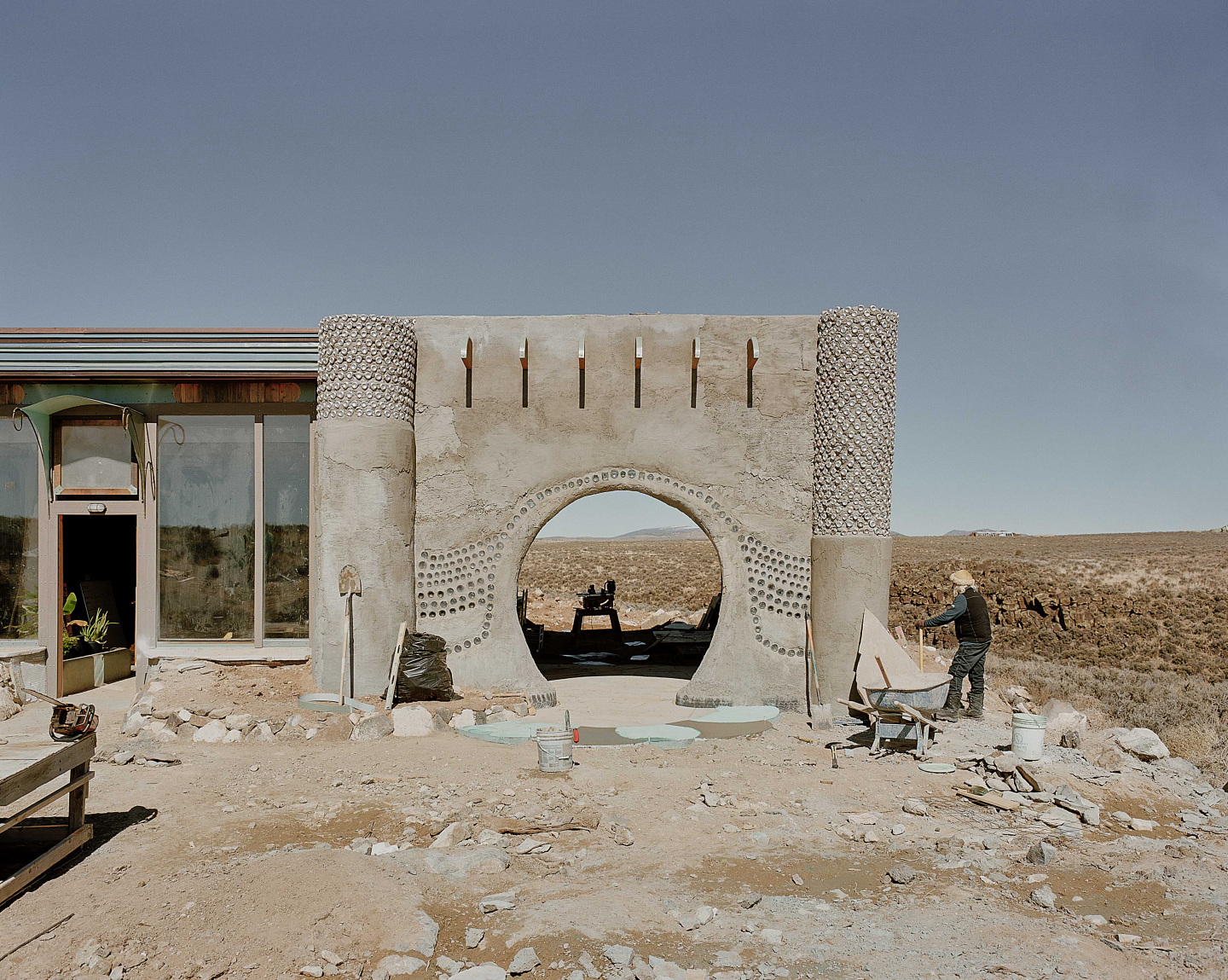
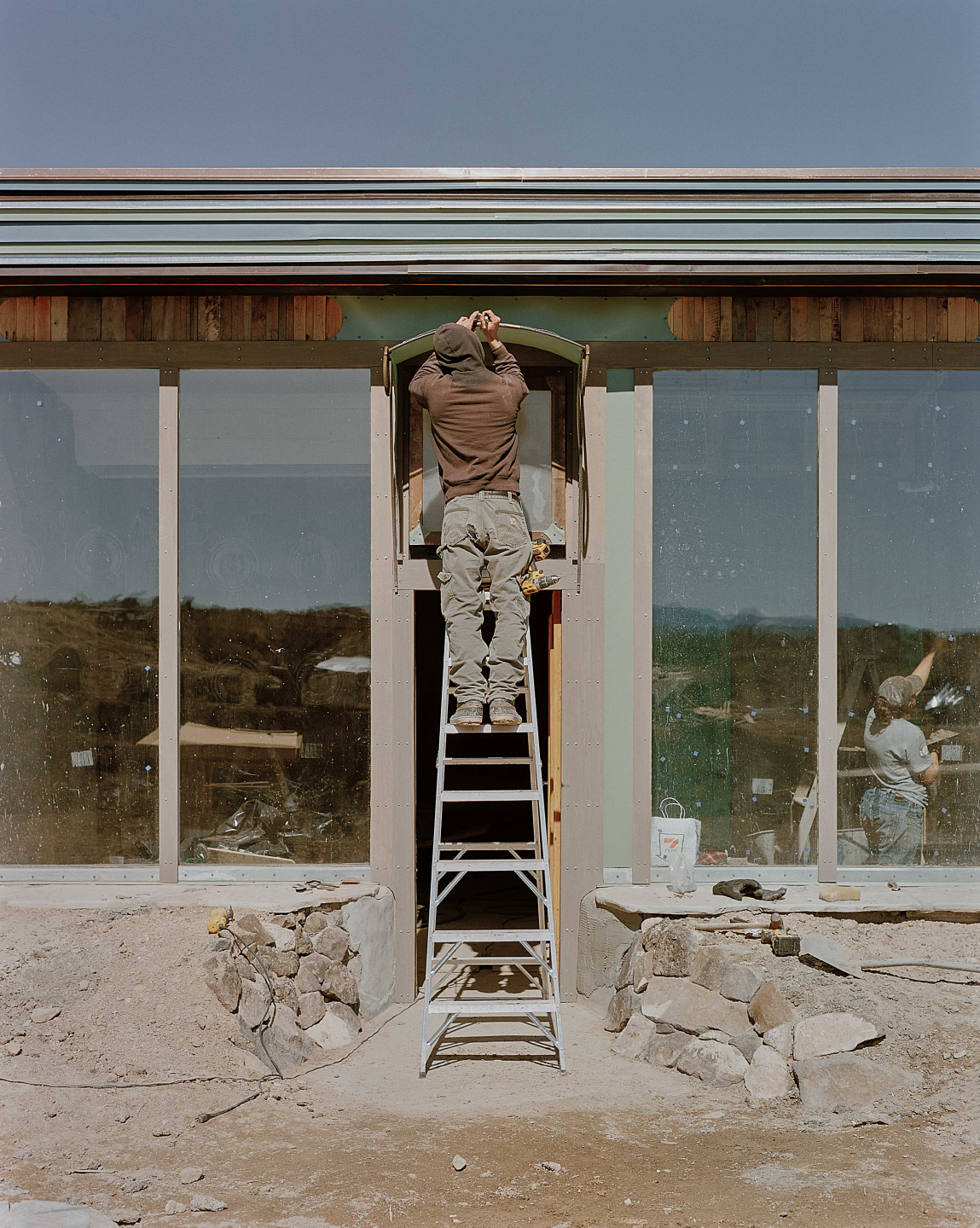
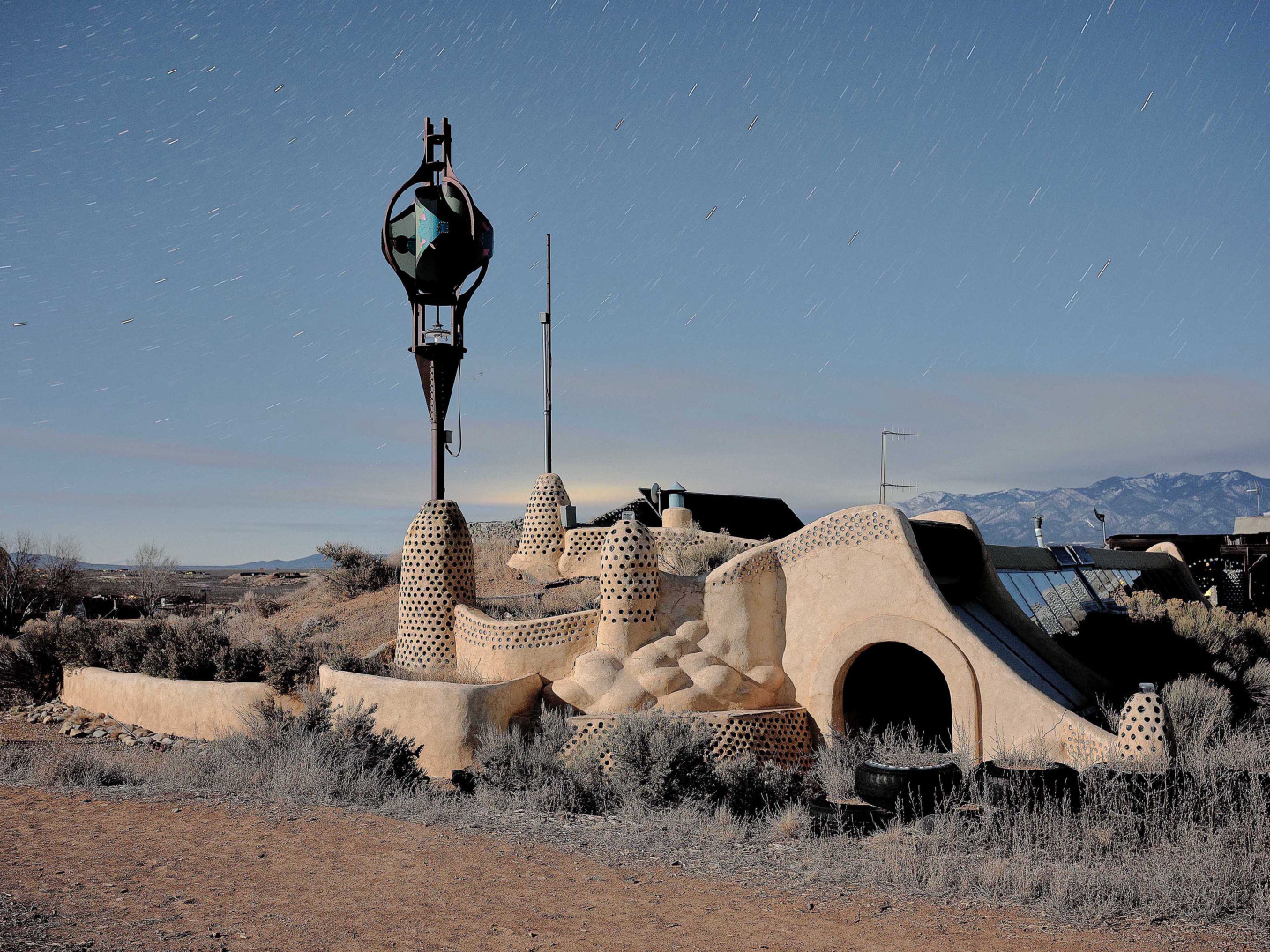
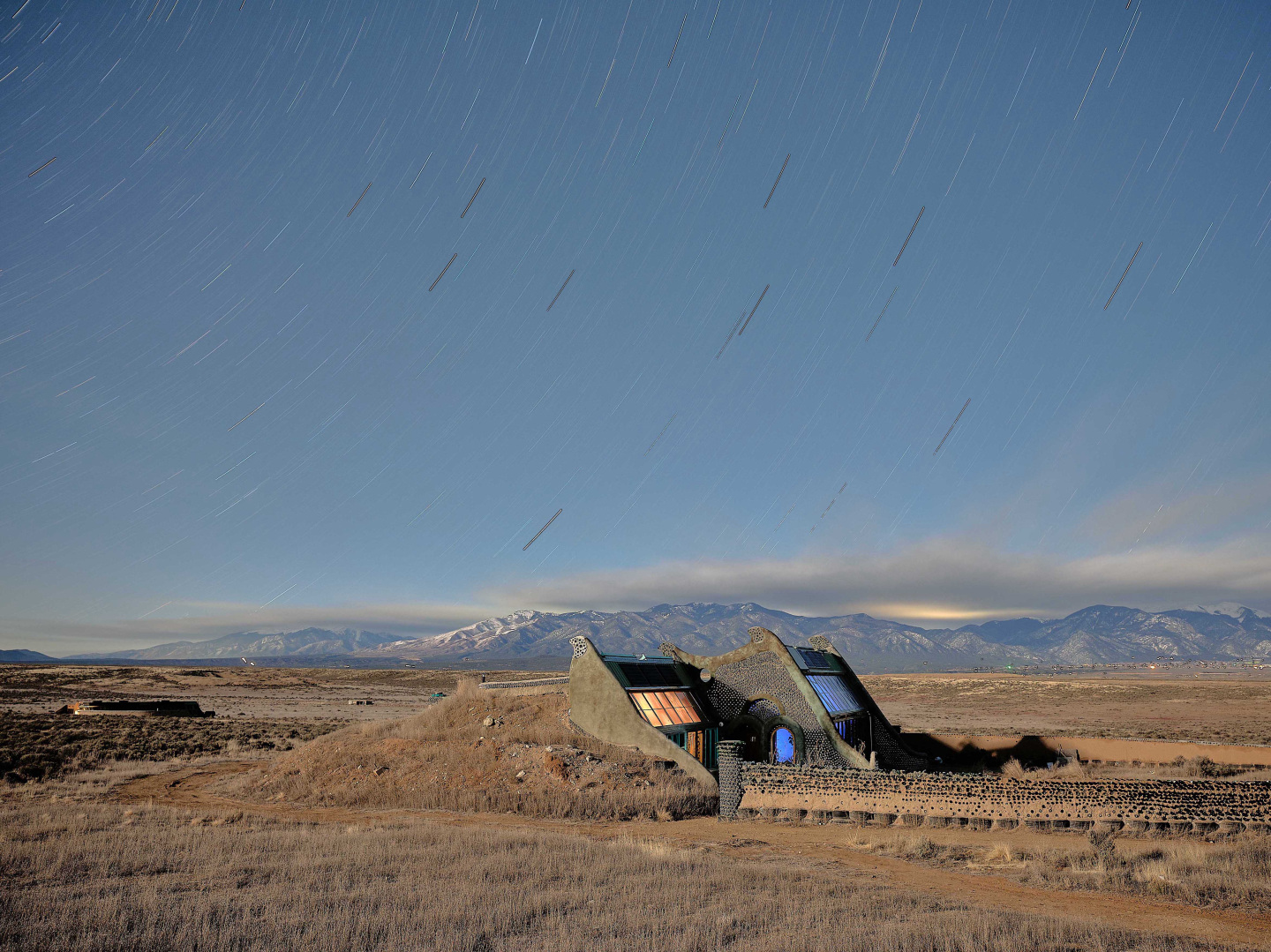


Today, the basic tenets of Earthship living go beyond those on display at the compound, where recycled and locally sourced building materials present a solution to growing issues of access on a warming planet. The global pandemic and countless extreme weather events of recent years have illuminated the flaws of complex global supply chains, diminishing access to raw materials, and the risks of relying on power grids. For the godfather of Earthships, the pandemic was proof that the concept he pioneered had come of age. “There were people—even wealthy people—waiting in line for food,” Reynolds recalls. “Homes became unlivable because the grid failed. Meanwhile, I was walking down my hallway barefoot, harvesting bananas.”
Reynolds, who was forced to give up his architectural license in 2000 due to his unconventional building practices, won’t let the law get in the way of his vision. Today, the radical architect runs an academy that teaches his methods, arguing that transcending traditional architectural practices presents a wiser—and more inclusive—approach to the issues of the day. The communal aspect of this knowledge-sharing approach can be credited for the movement’s achievements as well as its limitations. Indeed, the community that has formed around Reynolds is so insular that the vast majority of Earthship communities are contained within the New Mexico desert. For the Earthship way of life to reach a broader audience, Reynolds acknowledges that his designs need to be scalable. “We are following the path of the automobile,” he says. “It’s a horrible analogy, as the automobile has done damage to the Earth, but getting an Earthship home needs to be as easy as leasing a car.” To function comfortably in other climates, Earthships might require 5 to 10 percent water or solar power battery backup, a durability essential to their wider adoption. Despite questions around the adaptability of these designs, the possibilities of their broad application point to an exciting future: What if the basic tenets of Earthship living could be used to transcend single-family dwellings? How could they be implemented in public spaces?
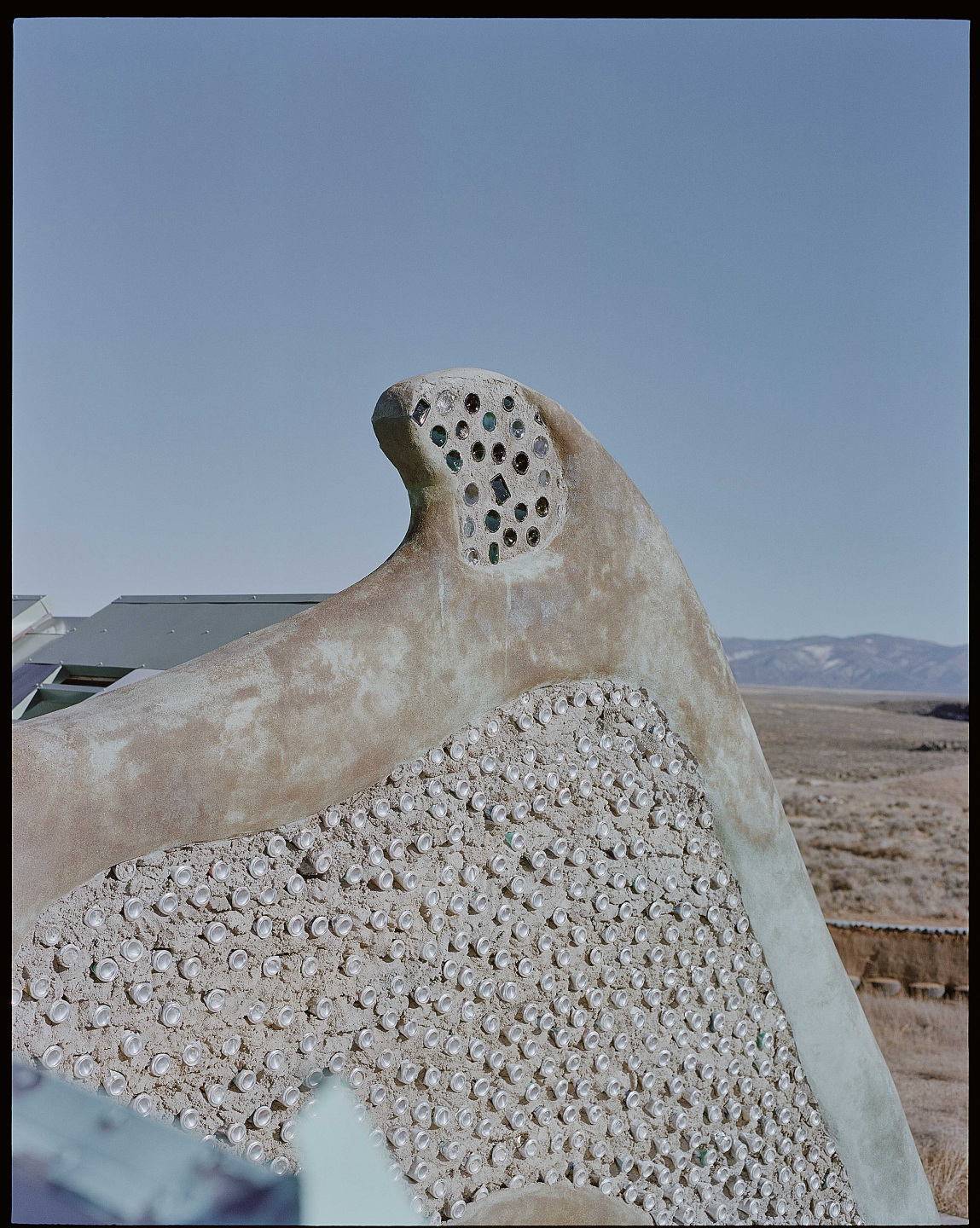

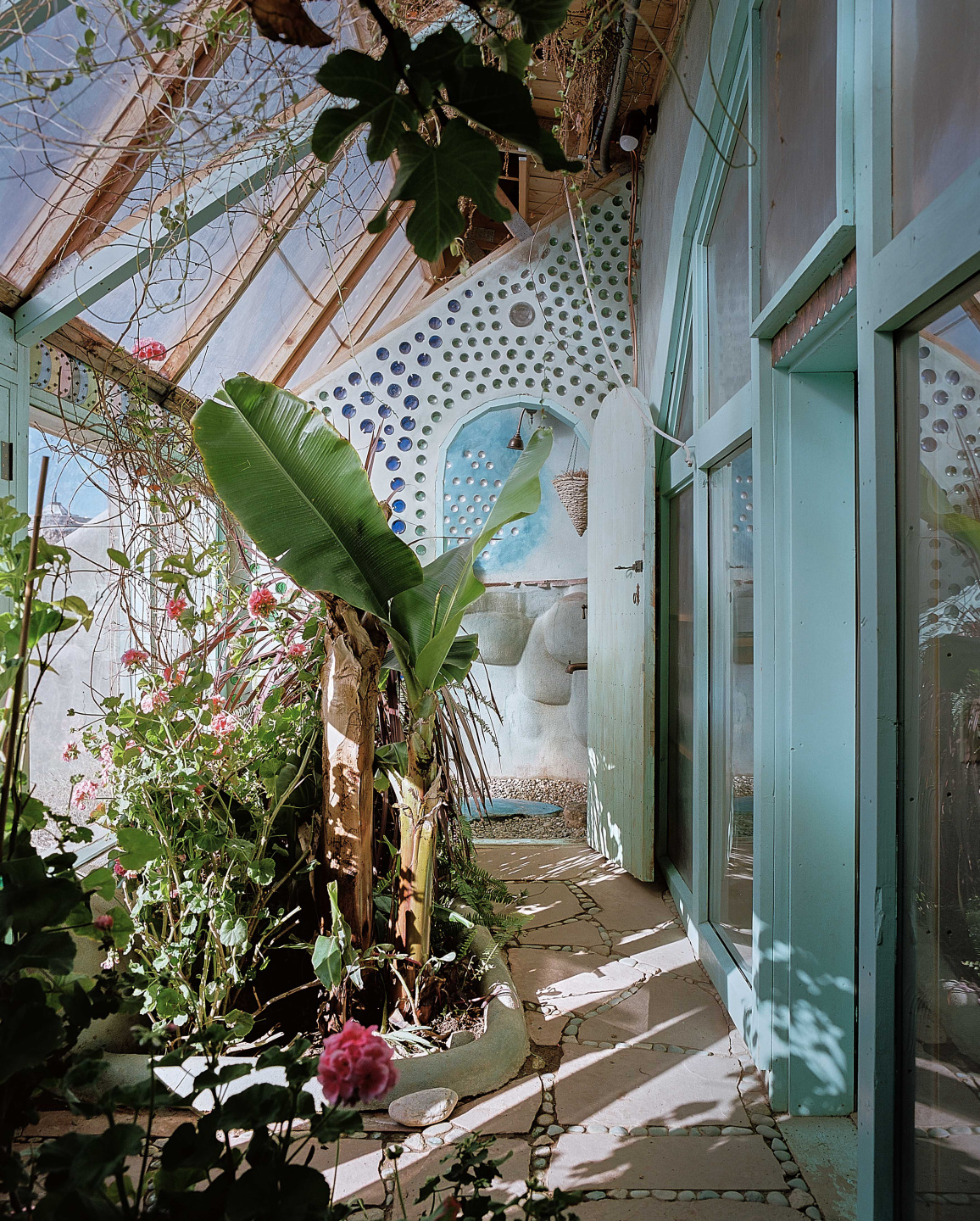
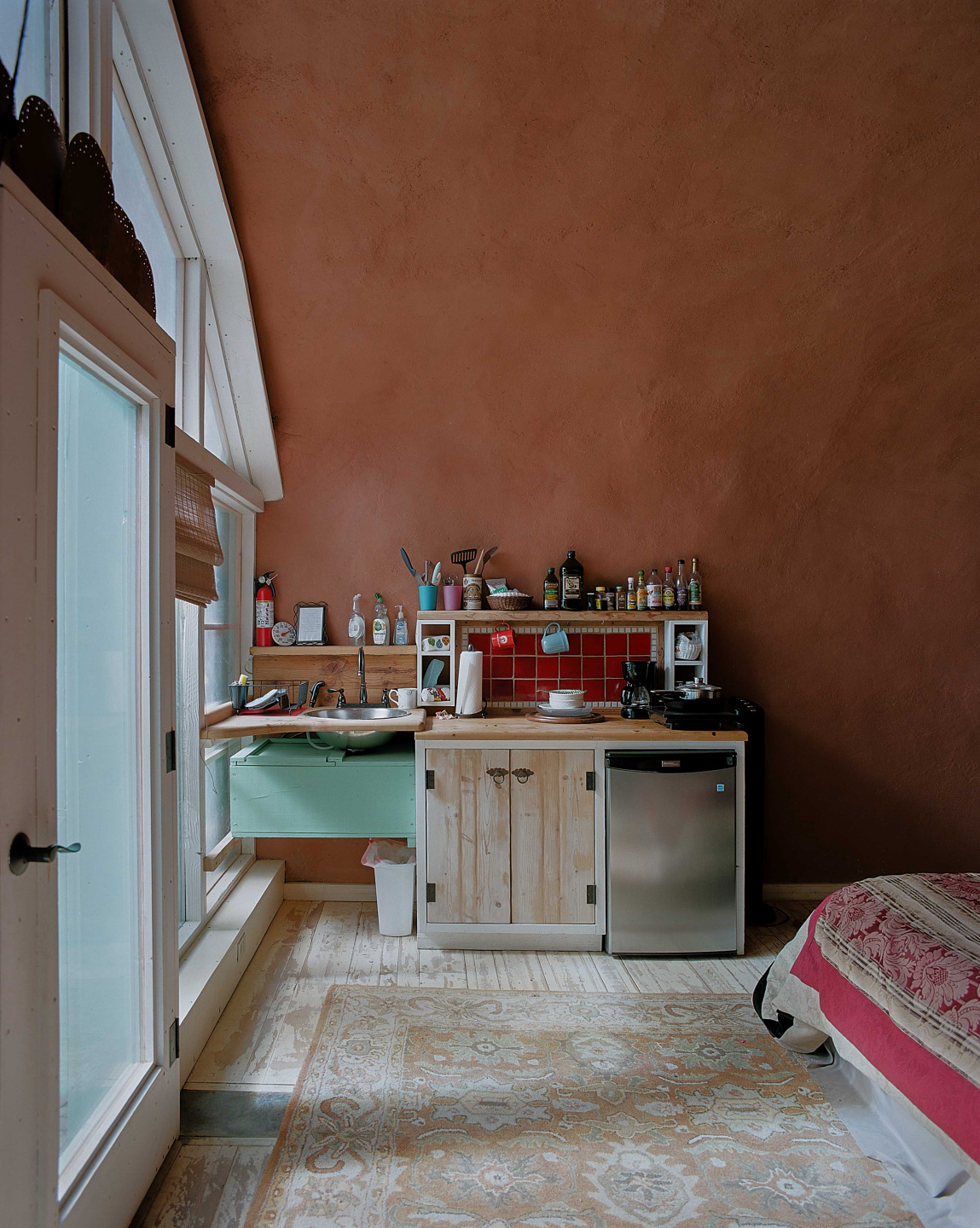




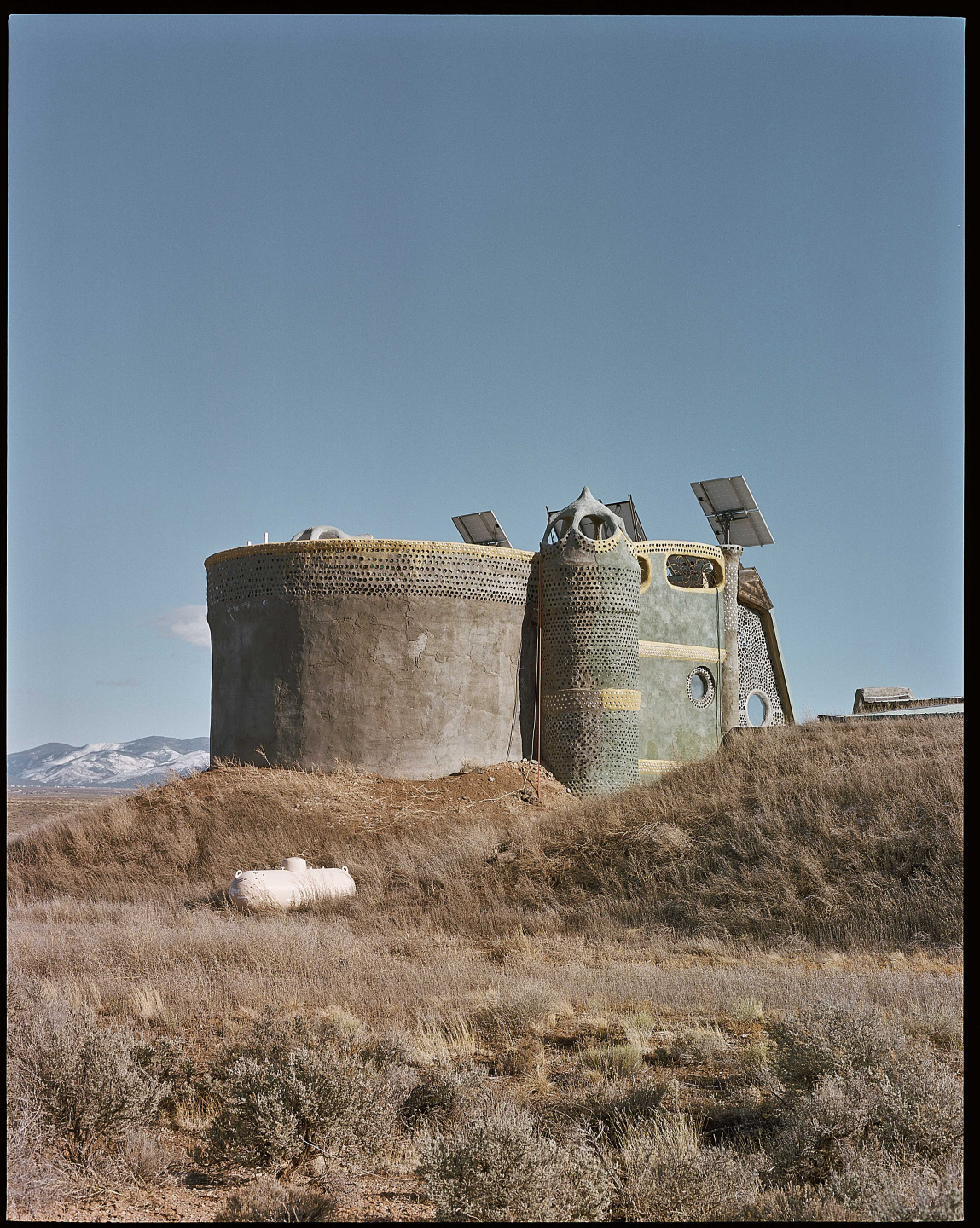


For Earthship dwellers and enthusiasts, the hope is that these technological advances—and the commitment to Indigenous and sustainable building practices that they represent—will be embraced outside of their community. Historically, back-to-the-land movements have become popular in times of crisis: during the Great Depression, after World War II, and, through Reynolds’s own efforts, during the energy crisis of the 1970s. Today, in the midst of an urgent climate crisis, this synergistic approach offers a pathway back to alignment with the natural world—one that its founder hopes will be implemented in high-density urban environments in addition to rural ones. “My mind always goes to a tree,” Reynolds says. “It’s all there in nature. We just need to be humble enough to see it."










 in your life?
in your life?

